Spider Veins
Overview
What Are Spider Veins?
What Causes Spider Veins?
If you’re bothered by your spider veins, you aren’t alone. Over half of women in the U.S. develop spider veins, and they’re twice as common in women than men. Many people have no symptoms with spider veins and are mainly bothered by their appearance. But some patients experience significant issues with leg heaviness, restless legs, fatigue, swelling, cramps, and superficial pain. These symptoms are amplified by inactivity or maintaining a stationary position for long periods. Exercise promotes robust circulation, minimizing the discomfort of spider veins.
Who Is At Risk For Spider Veins?
What Causes Spider Veins?
What Are the Symptoms of Spider Veins?
How Do Doctors Treat Spider Veins?
What Is the Best Treatment for Spider Veins?
The first step in selecting spider vein treatment is always to seek a thorough vein evaluation. While spider veins, themselves, are often harmless, the reasons behind them can be serious. In addition, if you don’t treat the underlying condition causing spider veins, they’ll simply continue to form. Our certified and accredited vein center provides comprehensive care for lifelong vascular health.
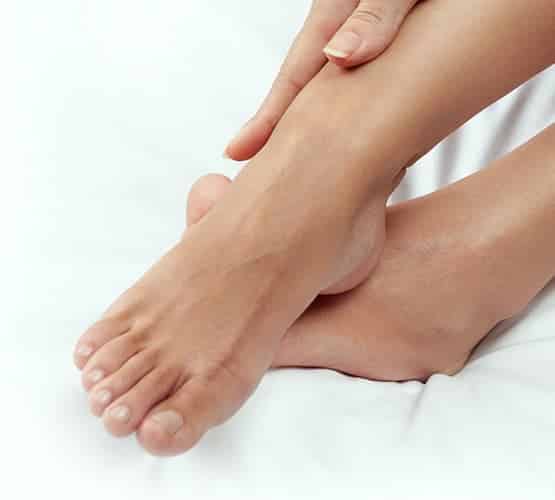
Sclerotherapy
One of the most common methods for treating spider veins is sclerotherapy. This quick, minimally invasive treatment is performed right in your doctor’s office for same-day relief without downtime or anesthesia. Our vein doctors inject a sclerosant into the damaged vein that causes it to close, banishing the unsightly vein in an instant.
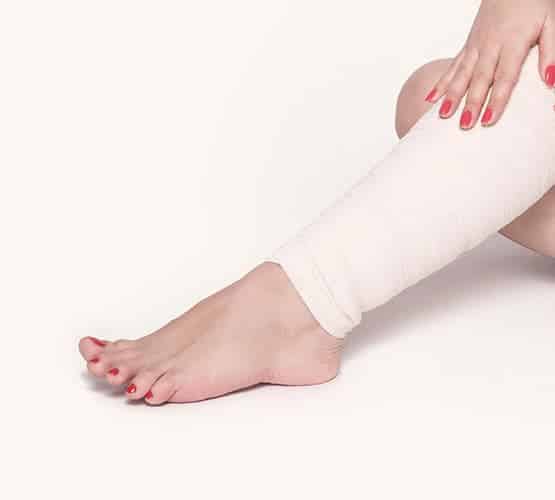
Radiofrequency Ablation
Endovenous ablation comes in several forms, one of which is radiofrequency ablation (RF). Like its counterpart, laser ablation, RF uses energy to destroy spider veins. But the thermal energy it employs is more comfortable and causes less bruising in patients than the light energy of laser ablation.
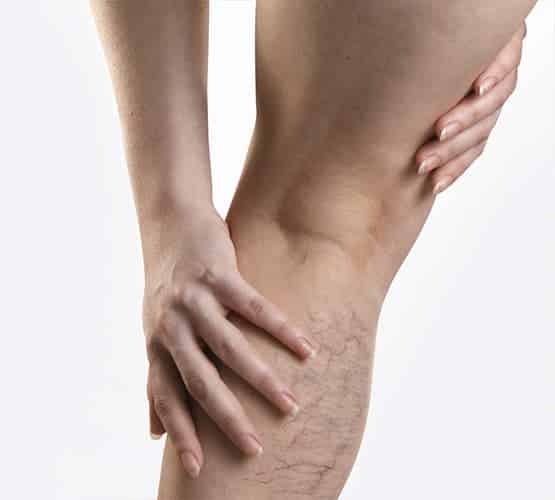
Endоvеnоuѕ Lаѕеr
Patients have long awaited a better alternative to vein stripping surgery. Laser treatment supplants surgery with its greater ease and better safety record, as well as its outpatient format that eliminates general anesthesia and downtime.
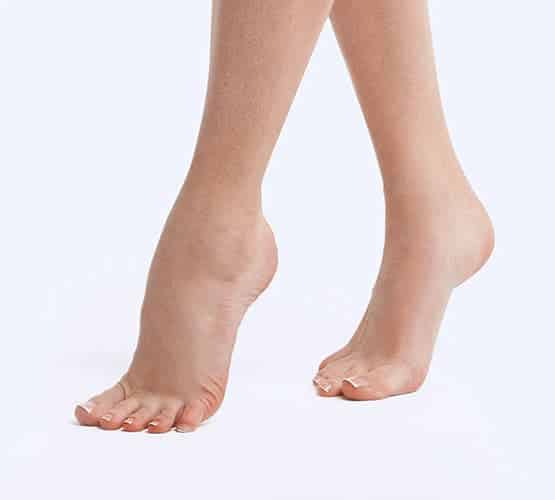
Laser Therapy
For patients troubled by the cosmetic aspect of spider veins, laser therapy can be used in place of or in addition to sclerotherapy. This technology allows our vein doctors in CA state to optimize the aesthetic results of superficial veins. Always choose a board-certified vein doctor for this treatment, since some skin types are sensitive to laser therapy, and it won’t heal deeper venous issues.
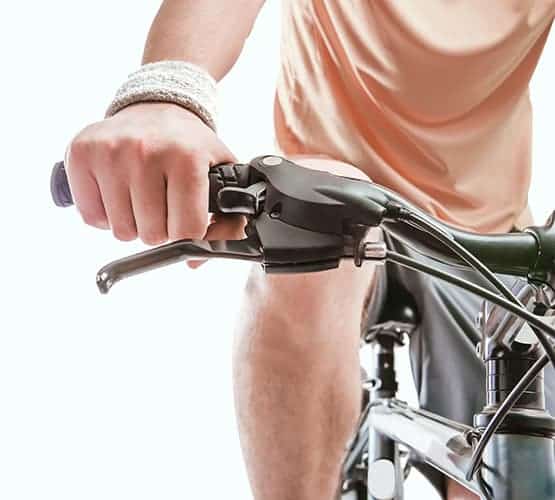
Daily Exercise
One of the best things you can do to prevent spider veins and alleviate symptoms is to exercise every day. Since exercise enhances our leg muscles’ ability to pump blood efficiently, we reduce the chance of blood pooling and creating pressure in our leg veins. It’s important to periodically stand up and walk around, if your job involves prolonged sitting. And if you’re required to stand for long periods in your profession, be sure to take breaks to improve blood flow. When seated or sleeping, elevate your legs above heart level to prevent swelling and aid your leg veins in their work against gravity. While exercise won’t erase current spider veins, it will relieve symptoms and prevent new spider veins from developing.
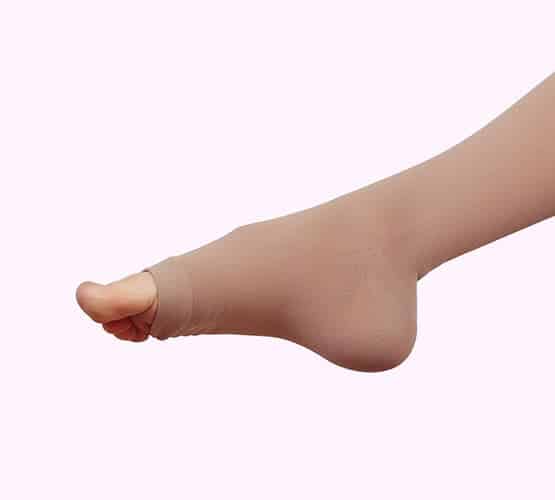
Compression Stockings
Another home treatment for spider veins is wearing support or compression stockings selected by your vein doctor. It’s essential to be properly fitted for stockings by your doctor, since sizing impacts efficacy. These are particularly helpful in relieving the swelling, heaviness, and cramping caused by spider veins. The compression they apply assists blood flow to the heart and relieves pressure in the veins. Compression stockings won’t eliminate current spider veins, but they’ll reduce the uncomfortable symptoms.